So we’ve all been there — a break-up, a bad exam, fights with our best friend, homesickness, or simply bad moods. What is the first thing we resort to? That bucket of ice cream, duh.
But have you ever wondered what makes certain foods such good comforters and why we always crave them? Science has it all sorted for you, folks. Let me help you by breaking some facts down for you:
1. Women have more food cravings than men.

GIF courtesy of buzzfeed.com
If you’re a woman and you feel guilty about not being able to resist your cravings like your male counterparts can, don’t fret. You are not alone, and even science is with you.
Surveyors at Monell Chemical Senses Center and the University of Pennsylvania School of Medicine found that while 70% of men experienced food cravings, almost 100% of women experienced the same during the time span of one year.
2. There is a thin line that divides food craving and food addiction.
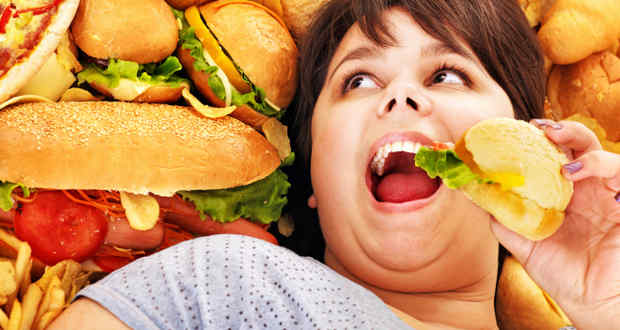
Photo courtesy of guardiantv.com
Certain foods, like drugs, can become addictive. And binge eating can become a habit instead of remaining only a way to find comfort. Research shows that food addiction is connected to the D2 dopamine receptor and is similar to the addiction to alcohol and drugs. But, the good news is that we can hack our brain into using cravings to our advantage.
3. Opioid activity gets altered when we go through something emotional, which causes cravings.

Photo courtesy of nhv.org.au
When we go through something emotional, our opioid activity is altered, which in turn causes craving. To put it in simpler terms, emotional incidents affect our endorphins, which are neurotransmitters that help us deal with emotions.
Some foods (especially sweet foods) have the same effect on us that endorphins do, and that is why we reach out for those foods when upset. So basically, food cravings, endogenous opioid peptides, and food intake in general are all interrelated.
4. Your body gets conditioned to finding comfort in food.
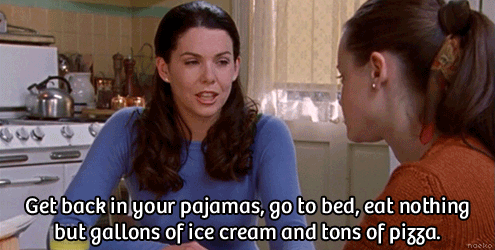
GIF courtesy of tumblr.com
This is actually pretty simple to explain — every time you reach out for your favourite comfort food, your body starts relying more on that food for happiness and that’s why you get the cravings whenever you are upset.
5. Certain bacteria in your stomach may also be the reason behind those cravings.

GIF courtesy of imgur.com
These “bad” bacteria in your gut alter your taste receptors and make some foods taste better than others. What even goes on inside our bodies…?
6. The key to cravings could lie in our genetic build.
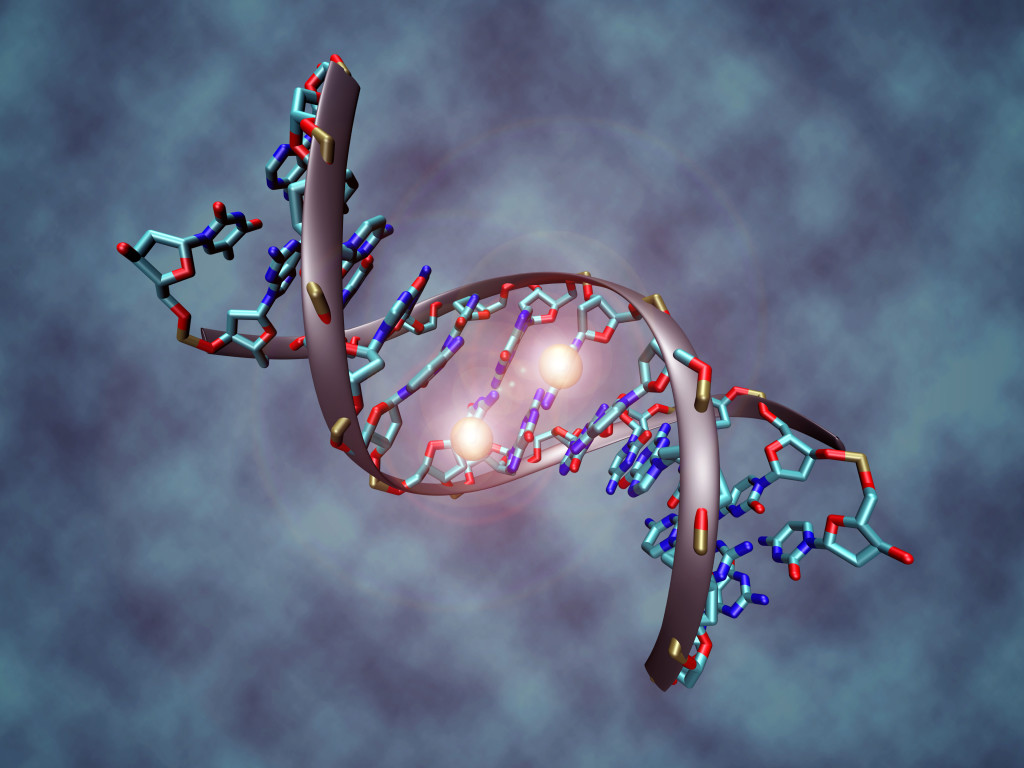
Photo courtesy of wikipedia.org
The variations in our DNA decide what kind of food we crave, so next time you want to reach out for that cup of coffee, just go ahead and do it. Because there’s nothing we can do about our DNA structure, right?
7. Cravings could happen because of a lack of certain nutrients.
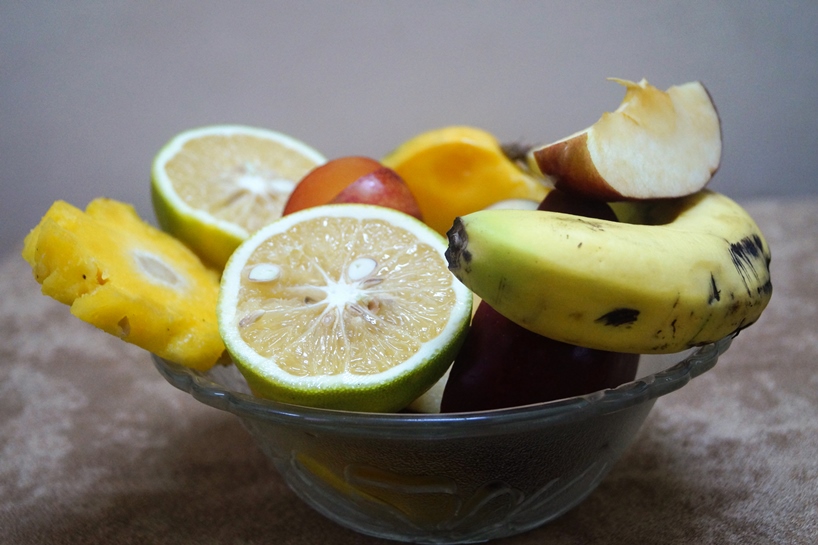
Photo by Tarunima
For example, people with low blood sugar levels are more likely to crave something sweet. No wonder we’ve always been told to have a balanced diet.
8. Maintaining a food diary can help keep cravings under control.
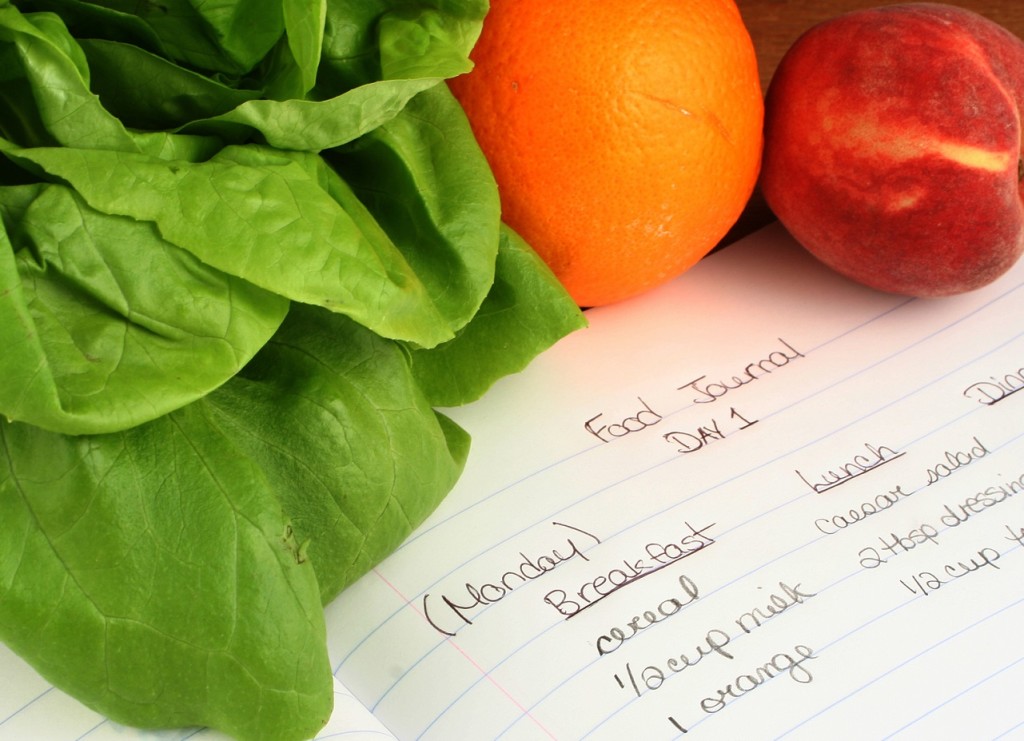
Photo courtesy of futurefit.co.uk
Writing about what you eat and what you crave can act as a self-monitoring and motivational activity, and can help in controlling the cravings to a great extent.
Find a pattern — is there anything in particular that incites craving? Does this happen at any particular time of the day? Monitor yourself using this journal and you’ll be able to get your cravings under control.
9. Emotional cravings generally make us want fatty and sugary foods.
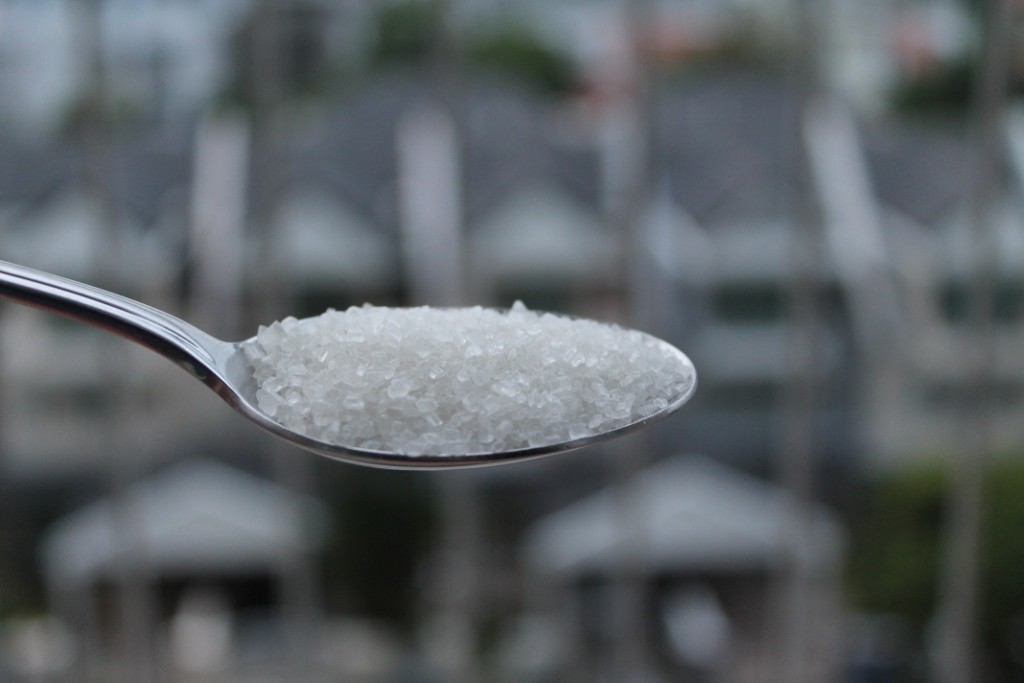
Photo by Aakanksha Joshi
Next time you’re feeling unusually emotional, make a conscious effort to not reach out for foods which you’ll regret eating later, when you’ve gained a few pounds. It’s not only the carbs we crave, it’s also the fats.
10. Not eating for long periods can instigate severe cravings.
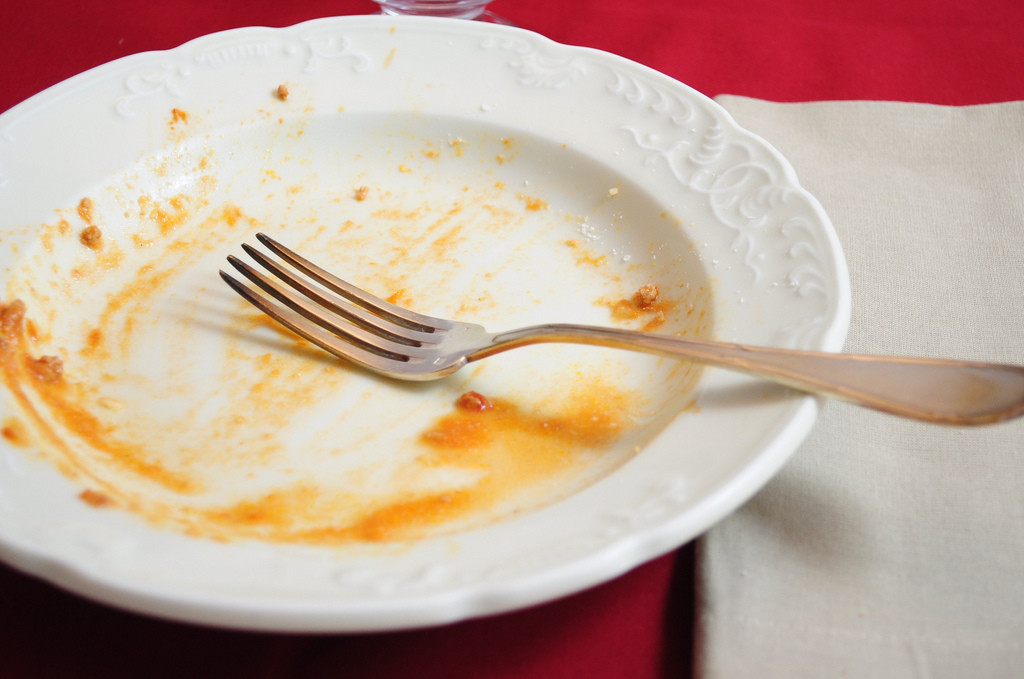
Photo courtesy of flickr.com
Try to not skip breakfast, lunch, and dinner — and try to eat a few small meals a day. This can decrease the chances of craving and binge eating. When we’re too hungry, we tend to overeat and crave quick fix foods like potato chips and chocolate bars.
11. Some foods are more addictive than others.
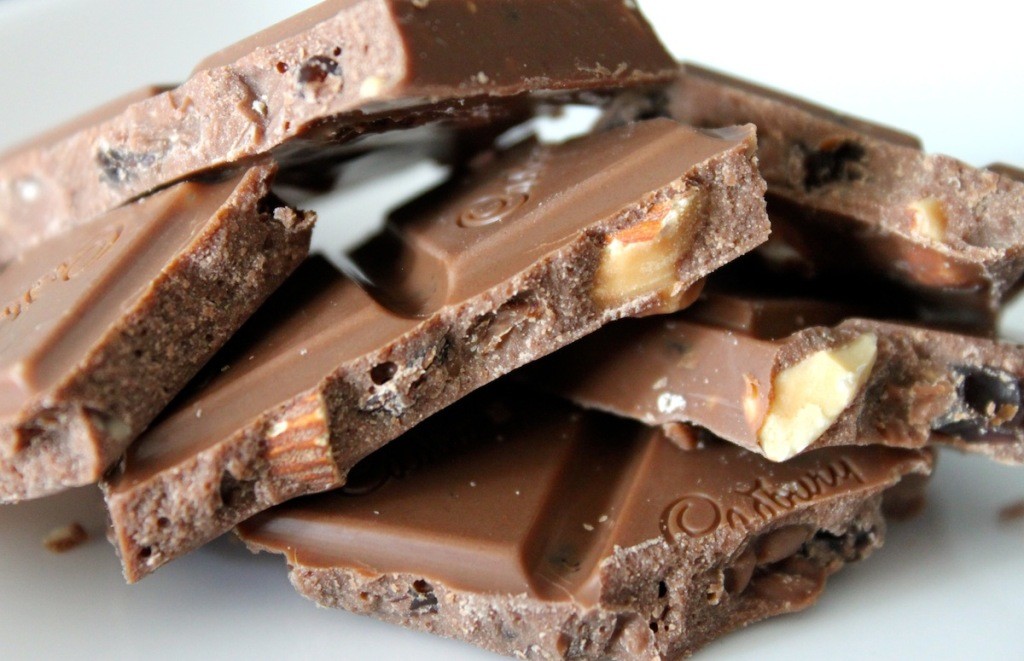
Photo by Rachel Weitzman
Before you give in to that craving, you should know some foods are more addictive than others. The list of some of the most addictive foods includes chocolates, cheese, processed meat, sugar, and coffee. But if you still want more ways to eat chocolate, you can find them there.


